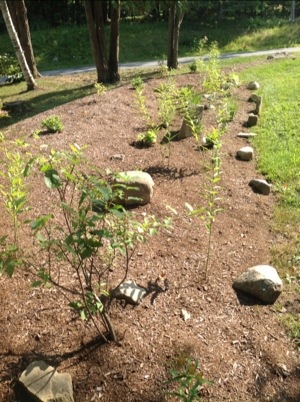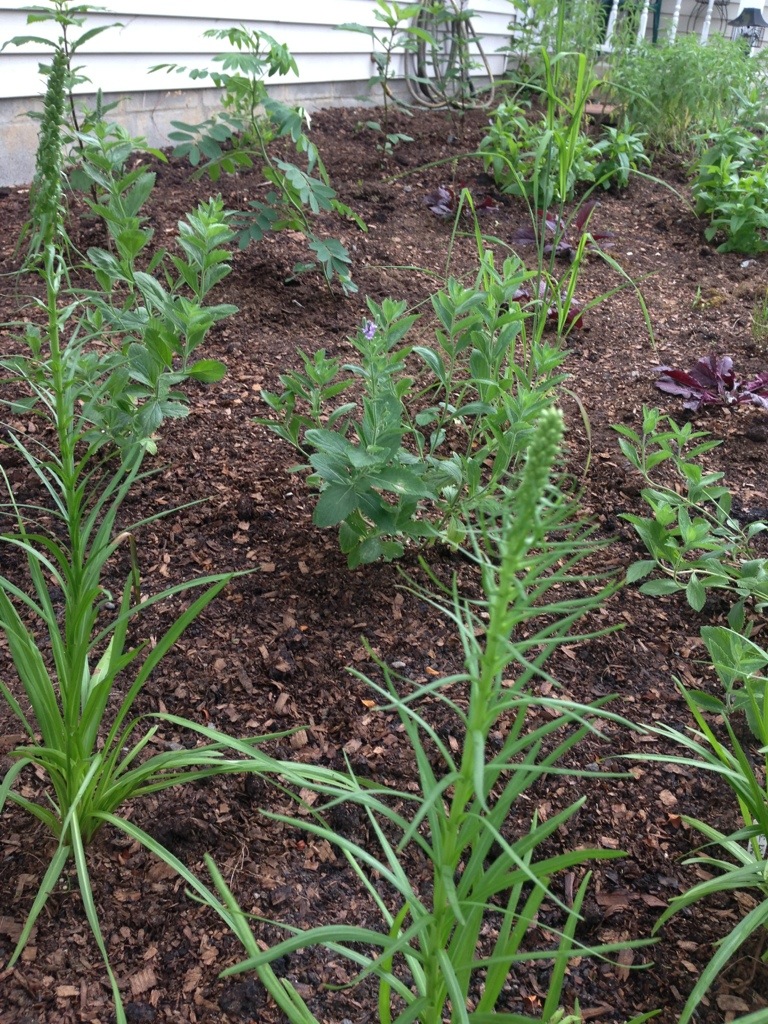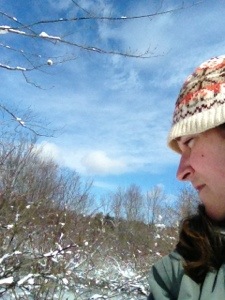Monarch Butterfly Plants
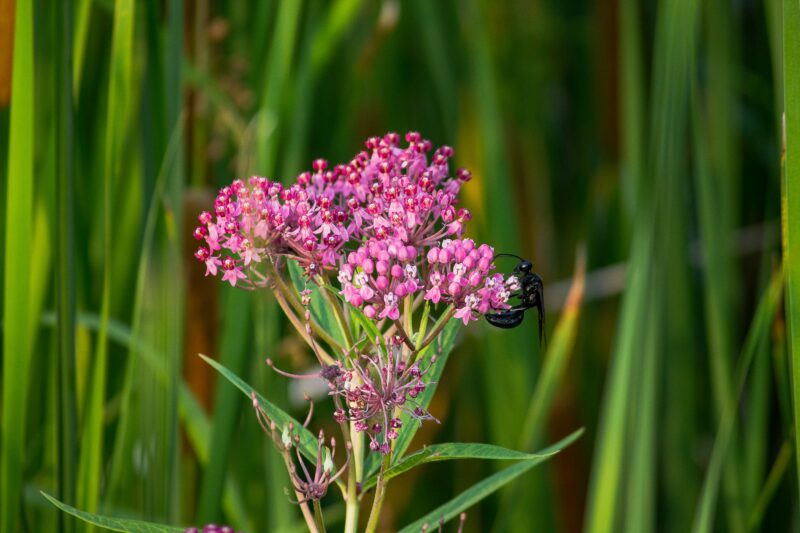
Certainly, Monarch butterfly plants are Milkweed (Asclepias) species if referring to the butterfly host plant. The adult, female butterflies can only lay eggs on Milkweed plants. Monarch larvae (caterpillars) require Asclepias species foliage to survive. Over millennia the butterfly species has adapted to tolerate the specific toxic stew of the Milkweed plant’s self-produced tannins and other endogenous pesticides. All things considered, modern gardens should include Milkweed for Monarch butterfly support.
Not only is the Milkweed hostplant necessary for Monarchs lifecycle completion but also nectar plants need to be available onsite. Milkweed feeds the young caterpillars. Although this may be true, adult butterflies have different nutritional needs. To illustrate, post emergence from the chrysalis, an adult butterfly will have a probiscis mouth part. To that end, a probiscis cannot process foliage, only nectar.
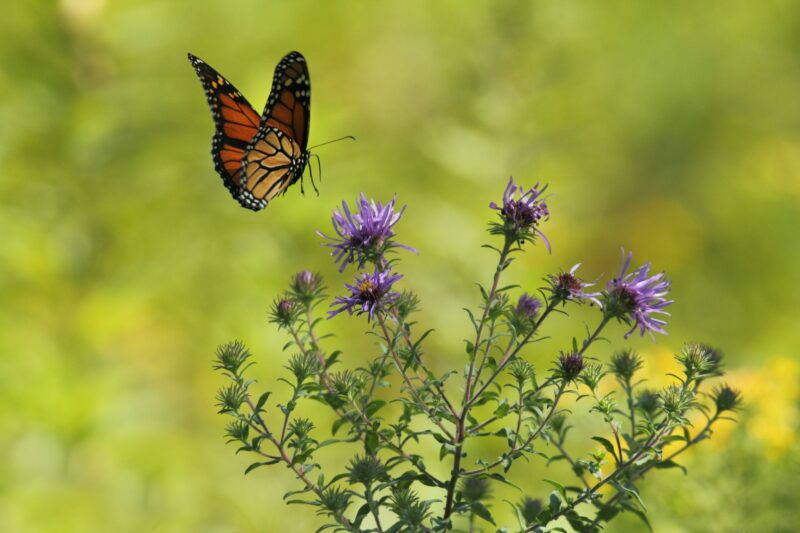
How to hire Jessecology for your Monarch butterfly garden construction project:
We’d love to meet you! Certainly, our team can design + build a butterfly garden for you. Please fill out the “Start Your Project” form and we’ll be in touch soon.
Indeed, supporting the Monarchs outside Albany, Saratoga and Schenectady is possible too!
In case you live outside our landscaping service area, we sell a Monarch Butterfly Waystation Seed Mix. You can purchase it right here.

